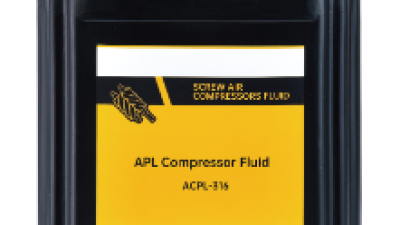Choosing the Right Manufacturer for Best Micro Air Dust Collectors and Key Features to Compare
Table of Contents
- Understanding the Micro Air Dust Collector Market Trends and Growth Forecasts
- Key Specifications to Evaluate When Choosing Micro Air Dust Collectors
- Comparative Analysis of Leading Manufacturers in Micro Air Dust Collection
- Essential Features for Optimal Dust Collection Efficiency and Performance
- Evaluating Cost-Effectiveness: Price Versus Quality in Dust Collector Selection
- The Role of Technology Innovation in Enhancing Dust Collector Functionality
- Maximizing Efficiency and Performance with ACPL-316 Screw Air Compressors Fluid: A Comprehensive Guide
- FAQS
- Related Posts
Picking the right manufacturer for Micro Air Dust Collectors really matters if you're looking to boost industrial efficiency and keep your workspace clean. Did you know that the global market for dust collection systems is projected to hit around USD 10.18 billion by 2026? That’s a solid growth rate of about 5.2% annually from 2019 to 2026. With stricter environmental rules and the increasing need for good air quality, companies are more than ever turning to effective dust collection solutions. And that’s where Shanghai Jiongcheng Industrial really comes into play. We’re not just into basic lubrication solutions — we also understand how crucial it is to leverage cutting-edge technology to make Micro Air Dust Collectors perform their best. Our focus on quality, backed by professional labs and strict checks, helps us deliver products that truly stand out. At the end of the day, choosing the right partner isn’t just about buying good equipment — it’s about trusting a comprehensive approach to managing air quality in your industry."
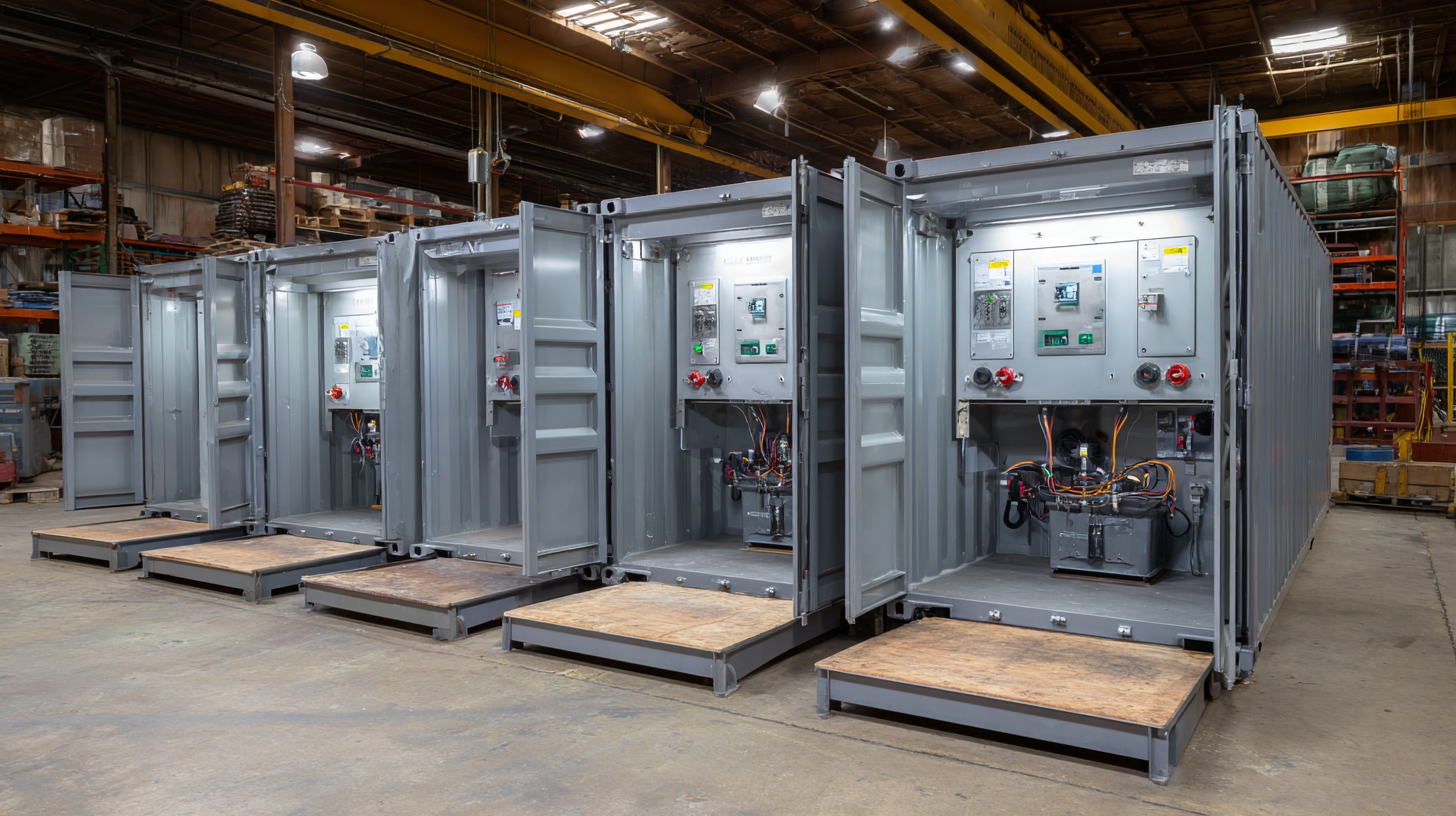
Understanding the Micro Air Dust Collector Market Trends and Growth Forecasts
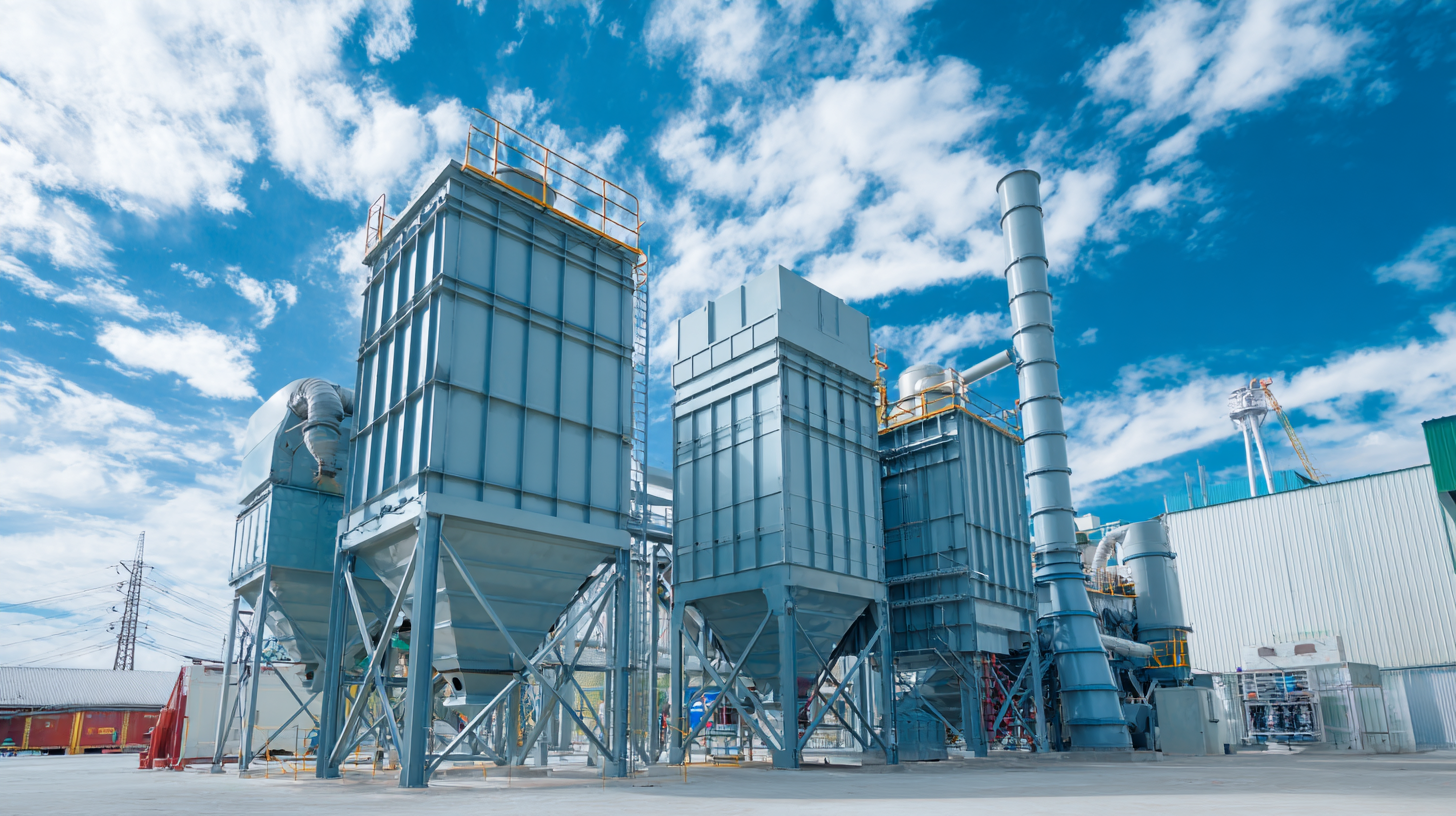 Lately, the micro air dust collector market’s been really picking up speed. It’s largely because more regulations are coming into play, and companies are realizing just how important it is to keep the air clean for safety reasons. You see more businesses now paying attention to air quality, which has led to a big jump in demand for better dust collection solutions. This shift isn’t just about compliance—it’s part of a bigger wave towards sustainability and health awareness across industries like woodworking, manufacturing, and construction. Thanks to new tech, the filtration systems are becoming more efficient, and manufacturers are constantly finding ways to meet these rising needs.
Lately, the micro air dust collector market’s been really picking up speed. It’s largely because more regulations are coming into play, and companies are realizing just how important it is to keep the air clean for safety reasons. You see more businesses now paying attention to air quality, which has led to a big jump in demand for better dust collection solutions. This shift isn’t just about compliance—it’s part of a bigger wave towards sustainability and health awareness across industries like woodworking, manufacturing, and construction. Thanks to new tech, the filtration systems are becoming more efficient, and manufacturers are constantly finding ways to meet these rising needs.
What’s exciting is that market experts are saying these dust collectors aren’t done evolving. Future models are expected to be more portable and even smarter, possibly with features like real-time air quality monitoring and system performance checks. This means businesses can fine-tune their operations on the fly. Plus, energy efficiency and eco-friendliness are becoming huge priorities, influencing how new units are designed. Manufacturers seem set to offer more customizable options tailored to different industry needs, so it’s a good idea for buyers to stay updated on these trends to make smarter purchasing choices.
Key Specifications to Evaluate When Choosing Micro Air Dust Collectors
When you're on the hunt for a micro air dust collector, there are a few key specs you really want to check out to make sure you get one that works well and doesn’t let you down.
First off, take a good look at the airflow capacity—measured in cubic feet per minute (CFM). Basically, this tells you how much air the device can handle at once. If you're dealing with a lot of dust, um, a higher CFM is pretty much a must. It makes sure the collector can really keep up, grabbing all those tiny particles before they spread around and mess up your workspace.
Another thing worth comparing is the filtration system. Keep an eye out for units with HEPA filters or those with multi-stage filtration, especially if you want to catch even the tiniest particles—think down to 0.3 microns. The filter’s efficiency rating is pretty important here too because it shows how good the collector is at cleaning the air. And don’t forget about how much effort it takes to keep the filters in good shape. Models with filters that are easy to clean or replace can save you a lot of hassle and money in the long run.
Oh, and one more thing—noise levels! Many manufacturers list their noise ratings in decibels (dB). If your workspace is usually a bit quiet or you just don’t want a loud machine running around all day, going for a quieter model is a smart move. By taking a good look at these key features, you’ll be able to find a micro air dust collector that’s just right for your needs — no more, no less.
Comparative Analysis of Leading Manufacturers in Micro Air Dust Collection
When you're choosing the right manufacturer for micro air dust collectors, it's pretty important to do a thorough comparison of the top players out there. Lately, industry reports have been saying there's been a real uptick in demand for air filtration systems — like, it's expected to grow by about 5.4% each year through 2026. A lot of this push is due to tighter environmental rules and companies paying more attention to workplace safety. Big names in this space, like Donaldson, Camfil, and Aercology, offer all sorts of products. But they can vary a lot in how efficient they are, the type of filtration tech used, and how much maintenance they need.
So, when you're evaluating these manufacturers, you’ll want to look at key features like how well the filters work, how much dust they can handle, and how much energy they use. For example, studies show that high-efficiency particulate air (HEPA) filters can trap up to 99.97% of airborne particles — which really helps improve air quality and safety indoors. Also, it’s a smart move to check out companies that are into eco-friendly designs and energy savings because, over time, those can really help cut down operating costs. As businesses try to stay on top of regulations while also getting the best performance, understanding the ins and outs of different micro air dust collectors becomes super important so you can make a good, informed choice.
Essential Features for Optimal Dust Collection Efficiency and Performance
When you're looking into micro air dust collectors, it's super important to choose the right manufacturer. Why? Well, it really makes a difference in how well the dust gets pulled out — things like filtration efficiency, airflow rate, and noise levels all play a big role in how effective the whole system is. I read somewhere that even just a small bump in airflow rate can boost performance by up to 30%, according to the EPA. So, you definitely want to check that out closely.
And then there's the filtration system itself — the better the quality, the more dust it can catch. Take HEPA filters, for example — they can remove 99.97% of particles as tiny as 0.3 microns, which means much cleaner indoor air. Some industry data also shows that workplaces with top-notch filters see about a 40% drop in airborne dust, making the environment safer and much tidier. Oh, and don’t forget about noise! Manufacturers should aim for quiet operation because studies suggest that hearing noise above 85 decibels for a long time can mess with workers’ concentration and health. Bottom line: paying attention to these key features helps manufacturers really optimize their dust collection systems, making everything safer and more efficient.
Choosing the Right Manufacturer for Best Micro Air Dust Collectors and Key Features to Compare
| Feature | Description | Importance | Typical Range |
|---|---|---|---|
| Filter Efficiency | The percentage of dust particles removed from the air. | Critical for ensuring clean air in the workspace. | 85% - 99.9% |
| Airflow Rate | The volume of air that the dust collector can process per minute. | Affects the overall effectiveness and speed of dust collection. | 200 - 800 CFM |
| Noise Level | The operational noise produced, measured in decibels. | Important for maintaining a comfortable working environment. | 60 - 85 dB |
| Dust Storage Capacity | The amount of dust the collector can hold before needing to empty. | Higher capacity reduces maintenance frequency. | 10 - 50 Gallons |
| Mobility | Whether the dust collector is portable or stationary. | Determines usability across various job sites. | Portable or Stationary |
| Power Consumption | The amount of power used during operation. | Lower consumption leads to cost savings over time. | 500 - 2000 Watts |
Evaluating Cost-Effectiveness: Price Versus Quality in Dust Collector Selection
So, when you're choosing a micro air dust collector, it's really important to think about the whole cost-effectiveness thing — basically, finding that sweet spot between what you pay and the quality you get. I came across a recent market report from Grand View Research that said the worldwide dust collector market was worth around $5.6 billion back in 2021. Crazy, right? And it’s expected to keep growing at about 4.5% annually from 2022 through to 2030. That kind of growth really shows how crucial it’s becoming to pick top-notch dust collection systems—ones that save you money in the long run because they’re efficient and built to last.
Now, sure, price plays a big role most of the time. I get it. But going for the cheapest option might end up costing you more later on. For example, there was a study in 2022 by NIOSH that pointed out how skimping on dust collection quality can lead to higher maintenance costs—sometimes up to 20% more over five years. So, even if a pricier, more reliable dust collector might seem like a stretch upfront, it can actually save you money over time thanks to lower energy bills and better health for your workers—less exposure to those nasty particulates. And, of course, making sure your system checks all the safety standards and has advanced filters can really boost its value and performance overall.
The Role of Technology Innovation in Enhancing Dust Collector Functionality
When it comes to dust collection, tech advances really make a big difference in improving how micro air dust collectors work. Nowadays, thanks to modern manufacturing methods, we've got some pretty sophisticated filtration systems that not only trap even the tiniest particles but also let airflow move more smoothly. For example, the use of nanofiber materials has totally been a game changer. These new filters do a better job of catching dust without making things airflow-wise a pain—so you get cleaner air and a safer workspace overall.
And it doesn’t stop there. Smart technology has really stepped into the picture, turning basic dust collectors into almost smart assistants. We're talking features like real-time data monitoring, automatic cleaning cycles, and alerts for maintenance before things even break down. This stuff can really save time and cut down on costs. Plus, manufacturers are now using IoT tech to give folks insights into how their systems are working, so they can tweak things for better performance and stay on top of environmental rules. As more industries focus on good air quality and keeping workers safe, it’s more important than ever to go with a manufacturer that’s into the latest tech when picking out a dust collector.
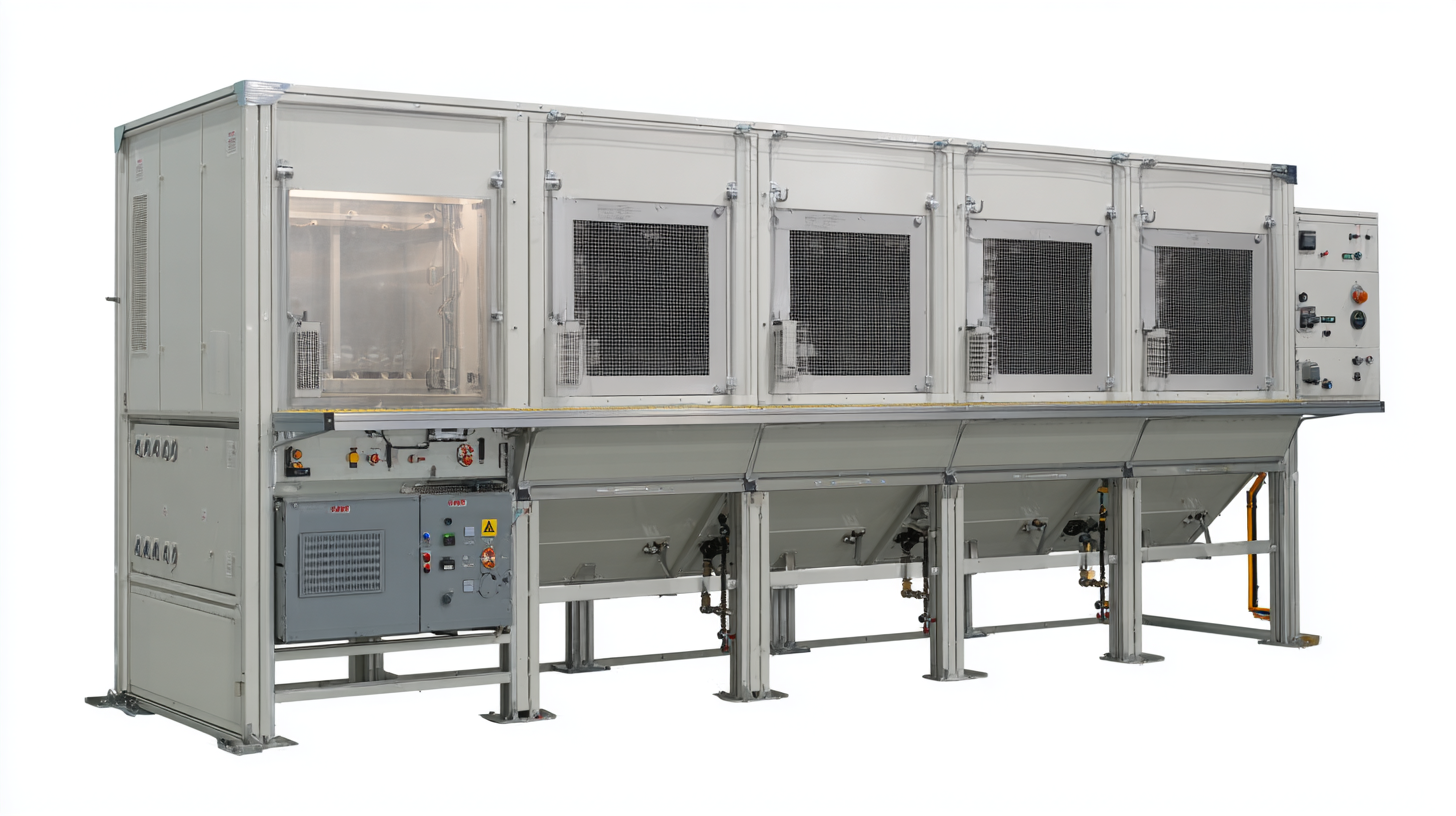
Maximizing Efficiency and Performance with ACPL-316 Screw Air Compressors Fluid: A Comprehensive Guide
In the pursuit of maximizing efficiency and performance in industrial applications, the choice of lubricant can significantly impact the longevity and effectiveness of your air compressor system. The ACPL-316 Screw Air Compressors Fluid stands out among the myriad of options available on the market. Formulated with high-quality synthetic base oil and fortified with premium additives, this fluid ensures optimal performance under varying operating conditions.
The ACPL-316 demonstrates exceptional oxidation stability and resilience against extreme temperatures, making it a reliable choice for any screw type air compressor. Its ability to minimize carbon deposits and sludge formation not only enhances the compressor's operational efficiency but also extends its lifespan significantly. With an impressive working time of 4000 to 6000 hours, users can expect reduced maintenance and operating costs, ultimately contributing to a more efficient industrial process. By investing in high-performance lubricants like ACPL-316, businesses can optimize their equipment's efficiency, ensuring reliable operation in demanding environments.
FAQS
: The first consideration should be the airflow capacity, measured in cubic feet per minute (CFM), which determines how much air the collector can handle. A higher CFM is important for environments with heavy dust loads.
The filtration system is crucial because it determines how effectively airborne particles are captured. Look for collectors with HEPA filters or multiple-stage filtration that can capture particles as small as 0.3 microns.
It's beneficial to choose dust collectors with easy-to-clean or replaceable filters, as this can significantly reduce downtime and maintenance costs.
Noise levels are important if they could impact your workspace comfort. Many manufacturers provide noise ratings in decibels (dB), so selecting a quieter model can contribute to a better working environment.
Focus on features such as filtration efficiency, dust collection capacity, energy consumption, and manufacturers' commitments to eco-friendly designs and energy efficiency.
HEPA filters can capture up to 99.97% of airborne particles, greatly improving air quality and safety in industrial environments.
The demand is driven by stricter environmental regulations and a growing emphasis on workplace safety, projected to grow by 5.4% annually through 2026.
Energy-efficient designs can significantly reduce operating costs in the long run while helping organizations adhere to regulatory standards.
The efficiency rating of filters indicates how well airborne particles are removed, so higher-rated filters will provide better air quality and safety.
Understanding the variations in efficiency, filtration technology, and maintenance among different models is critical for making an informed selection that meets your specific needs.
Related Posts
-

Top Strategies for Selecting the Best Reliant Dust Collector A Guide for Global Buyers
-

How to Choose the Right Manufacturer for the 7 Best Dust Collector Machines for Flour Mills
-
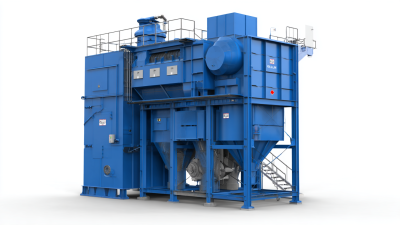
2025 Market Insights: Best Reliant Dust Collector Model 720 as a Game-Changer for Global Procurement Trends
-

2025 Trends in Woodworking: The Ultimate Comparison of the Best Miter Saw Dust Collectors
-

Understanding the Best Benchtop Dust Collector: Key Features and Industry Insights
-

What is the Ultimate Guide to the Best Environmental Protection Solutions

